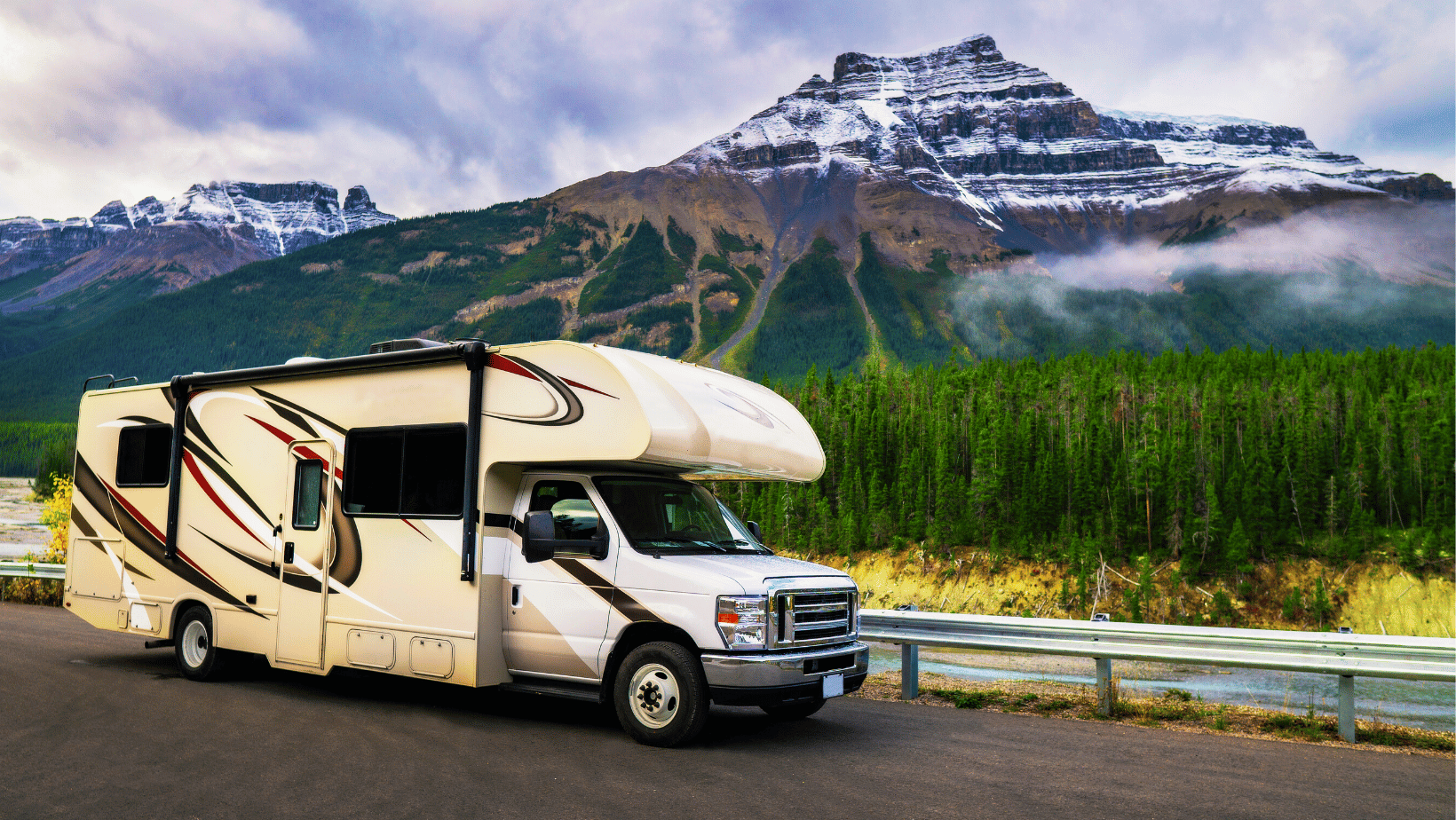Traveling with your RV can be an exciting adventure, whether you’re heading to a national park, a campground by the lake, or exploring new cities. However, ensuring the safe transport of your recreational vehicle is crucial for both your enjoyment and the safety of others on the road. Here are some essential tips to keep in mind when transporting your RV:
1. Perform Pre-Trip Checks
Before hitting the road, conduct thorough checks on your RV. Inspect the tires for wear and proper inflation, as well as the brakes, lights, and signals. Ensure that all mechanical systems are in good working order, including the engine, transmission, and any hydraulic systems if applicable. Don’t forget to inspect the roof and windows for any leaks or damage that could worsen during transit. If you’re considering hiring a company to move your motor home, be sure to research their reputation and insurance coverage thoroughly beforehand.
2. Distribute Weight Properly
Proper weight distribution is crucial for safe RV travel. Overloading or unevenly distributing weight can affect handling and stability, leading to dangerous situations on the road. Follow the manufacturer’s guidelines for weight limits and distribution, placing heavier items low and towards the center of the RV to maintain balance.
3. Secure All Items Inside
When preparing your RV for travel, secure all loose items inside cabinets, drawers, and on countertops. Even small objects can become projectiles during sudden stops or turns, posing a risk to passengers and causing damage to your RV’s interior. Use bungee cords, straps, or non-slip liners to keep items in place during transit.
4. Check Towing Equipment
If you’re towing another vehicle or trailer behind your RV, ensure that your towing equipment is rated for the combined weight and properly connected. Inspect hitch connections, safety chains, and electrical connections to prevent accidents caused by equipment failure. Double-check towing laws and regulations in the states or countries you’ll be traveling through to ensure compliance.
5. Adjust Driving Habits
Driving an RV requires different techniques than driving a regular vehicle. Maintain a safe following distance to allow for longer braking distances, especially in adverse weather conditions or on steep terrain. Practice smooth, gradual braking and acceleration to minimize wear on your RV’s mechanical components and improve fuel efficiency.
6. Plan Your Route Carefully
Before embarking on your journey, plan your route carefully to avoid narrow roads, low bridges, or areas with weight restrictions that may not accommodate your RV’s size. Use GPS systems or apps designed for RV navigation to find routes suitable for larger vehicles, taking into account fuel stops, rest areas, and overnight parking options.
7. Monitor Weather Conditions
Stay informed about weather conditions along your route and at your destination. High winds, heavy rain, snow, or ice can significantly impact RV handling and safety. Consider delaying travel or adjusting your route to avoid severe weather, and always have emergency supplies on hand in case you’re stranded due to inclement weather.
8. Perform Regular Maintenance
Regular maintenance is key to ensuring the long-term safety and reliability of your RV. Schedule routine inspections and servicing for engine oil changes, filter replacements, and fluid checks. Address any minor issues promptly to prevent them from becoming major problems during travel.
9. Practice Safe Parking and Setup
When parking your RV at campsites or other locations, choose level ground and use leveling blocks if necessary to stabilize your vehicle. Follow campground guidelines for hooking up to utilities such as water, electricity, and sewage to prevent damage and ensure a comfortable stay. Use wheel chocks and stabilizer jacks to further secure your RV.
10. Stay Alert and Rested
Finally, prioritize your well-being and that of your passengers by staying alert and well-rested during travel. Take breaks every few hours to stretch, hydrate, and rest, especially on long journeys. Share driving responsibilities if possible to maintain focus and reduce fatigue.
Conclusion
By following these essential tips, you can enhance the safety and enjoyment of transporting your RV. Whether you’re a seasoned traveler or new to RV adventures, proper preparation and attention to detail ensure that your journey is as smooth and stress-free as possible. Happy travels!
Keep an eye for more latest news & updates on Glamour Crunch!











